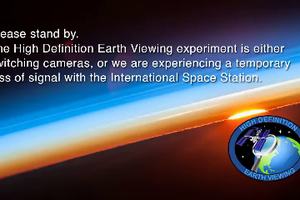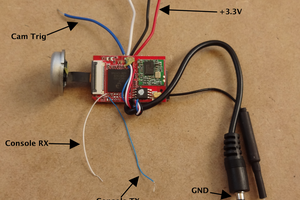All files for this project are in the dropbox link. The main "App" file is App3518 and it is in the Dropbox link. This file is also the local webserver. It is responsible to posting video data to the MeShare website. You can downlod the MeShare app for IOS and Android as well if you would like to poke around in that.
What I am hoping for is some others that want to use this camera to get involved in the reversing of the networking protocol. I am not 100% certain.. But it might make more sense to place a different "app" on the device that we write and can post all the video data straight to our server code.
Amazon sells these cameras for around $38 here:
http://www.amazon.com/gp/product/B00ZZ4HX1K
Cameras known to run the same software (perhaps different hardware)
- Zmodo ZH-IXY1D
- Zmodo ZM-SH75D0001
If you know of a Zmodo camera running the same version (or contacting the same cloud servers) leave a comment and I will add them to the list. The App3518 has the shasum of ba5fa306d519c57124f9de96a1f007f0. App3518 is the main binary that runs on these Zmodo* cameras.
 ril3y
ril3y











 Christoph
Christoph
 yOyOeK1
yOyOeK1
 Zachary Murtishi
Zachary Murtishi
 Dan Julio
Dan Julio
Anyone else notice that these cameras appear to phone home to 192.241.59.218 port 8088 ?